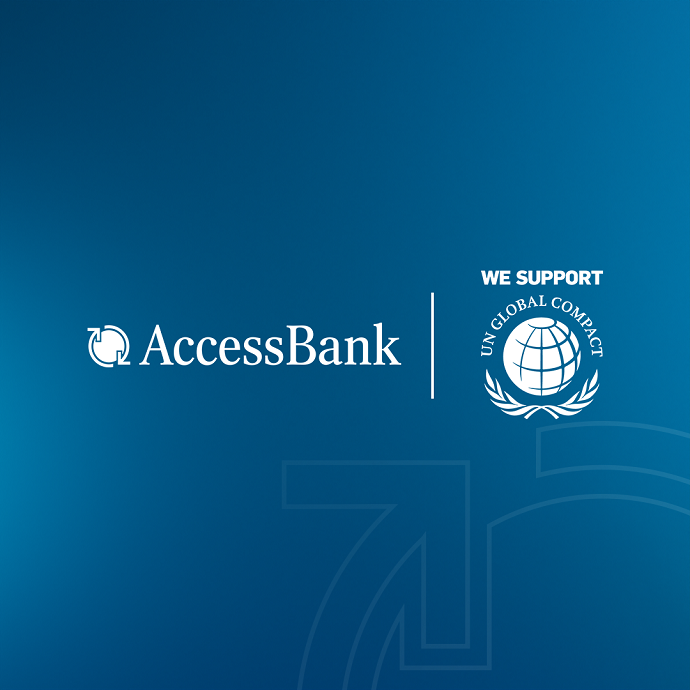|
|
TODAY.AZ / Arts & Entertainment
Eye-catching Albanian temple in Sheki
10 December 2020 [15:17] - TODAY.AZ

By Azernews
By Laman Ismayilova
The Culture Ministry has presented a short video about the Circular Albanian Temple as part of the "Let's Get to Know Our Christian Heritage" project.
Circular Albanian Temple (5th and 6th century) located in Sheki's Nukha fortress is considered a major historical and architectural monument for the country.
Currently, Sheki Museum of Folk and Applied Arts operates inside of this monument.
Sheki Museum of Applied Arts operates in the ancient Albanian temple "round temple", as its dome and main building has a semicircular shape.
The museum displays art works by potters, embroiderers, coppersmiths, shebeke artists and much more.
Many exhibits were discovered as a result of archaeological excavations in Sheki.
No less interesting are the old pottery created by Sheki ceramists and potters. Here you can find unique clay vases, jugs, pots and much more.
The next room displays traditional costumes, both men's and women's outfits, as well as national musical instruments.
Notably, the Culture Ministry has already released videos about the Albanian church in Sheki, the Kurmuk temple in Gakh and the Alban-Udi church of Chotari in Gabala region.
For centuries, the Albanian Kish temple functioned as a spiritual centre and place for enlightenment for many people.
The current building of the temple of Saint Elisha was built in the 10-12th centuries. Some scholars suggest that the church in Kish stands on the same place where St. Elisha founded his own church. That is why the temple in Kish is often referred to as one of the oldest spiritual centers in the Caucasus since St. Elisha was the first patriarch of the Church of Caucasian Albania and an early Christian leader in the Caucasus.
The current building of the Kurmuk temple was built in the 10-12th centuries. Some scholars suggest that the church in Kish stands on the same place where St. Elisha founded his own church. That is why the temple in Kish is often referred to as one of the oldest spiritual centers in the Caucasus since St. Elisha was the first patriarch of the Church of Caucasian Albania and an early Christian leader in the Caucasus.
Nowadays, the church is functioning as a museum that is open for all the curious tourists.
Chotari Albanian-Udi church in Nij settlement of Gabala region was built at the expense of local residents in 1723. The name of church is derived from Chotari street. The building operated as a reservoir of hazelnuts in Soviet era. Overhaul began to be carried out in the church in 2003.
Representatives of all nations and religions have always lived peacefully in Azerbaijan, a multicultural and multi-confessional country.
The assessment of the material and cultural heritage, the restoration, and the reconstruction of historical and religious monuments, including churches and synagogues, is an integral part of the policy pursued by the Azerbaijani state in this area.
In 2020, within the project of the Heydar Aliyev Foundation, the Albanian Church of the Holy Virgin Mary in Gabala's Nij village was thoroughly restored. Moreover, the Azerbaijani state was restored and handed over for free use of the Armenian Church in Baku.
With the support of the state, the Catacombs of Saint Sebastian in the Vatican were restored. In addition, the catacombs of Saint Marcellin and Pietro in Rome were restored within the "Bilateral agreement on the restoration of the Roman catacombs" signed between the Heydar Aliyev Foundation and the Holy See.
URL: http://www.today.az/news/entertainment/201383.html
 Print version
Print version
Connect with us. Get latest news and updates.
See Also
- 19 April 2024 [17:58]
Azerbaijan celebrates Int'l Day for Monuments and Sites - 19 April 2024 [17:18]
People's Artist Elchin Azizov detailed his first solo concert to be held in Baku - 19 April 2024 [16:32]
Rovshan Nur's exhibition opens in Washington - 19 April 2024 [15:38]
National artist awarded Leonardo da Vinci Art Prize - 19 April 2024 [14:19]
Mugham Center to celebrate jubilee of Russian poet - 18 April 2024 [17:57]
Azerbaijan releases new version of its Eurovision 2024 song [VIDEO] - 18 April 2024 [17:42]
Program of Fidan Hajiyeva's First International Opera Festival announced - 18 April 2024 [16:41]
Azerbaijani pavilion to be set up at 60th Venice Biennale - 18 April 2024 [14:39]
Azerbaijan's classical ballet to be demonstrated on European stage - 18 April 2024 [13:19]
New Caledonian delegation explores Heydar Aliyev Center
Most Popular
 EU acknowledges strategic significance of Baku International Sea Trade Port in Middle Corridor
EU acknowledges strategic significance of Baku International Sea Trade Port in Middle Corridor
 Weapons & ammunition discovered in Khankendi
Weapons & ammunition discovered in Khankendi
 South Korea conducts live-fire exercises near borders of DPRK
South Korea conducts live-fire exercises near borders of DPRK
 Navigating challenges in Azerbaijan's trade turnover amidst global uncertainties
Navigating challenges in Azerbaijan's trade turnover amidst global uncertainties
 TikTok closed in Kyrgyzstan
TikTok closed in Kyrgyzstan
 Azerbaijan's AccessBank joins UN Global Compact
Azerbaijan's AccessBank joins UN Global Compact
 Rising fuel expenses signals economic challenges for Azerbaijan
Rising fuel expenses signals economic challenges for Azerbaijan
